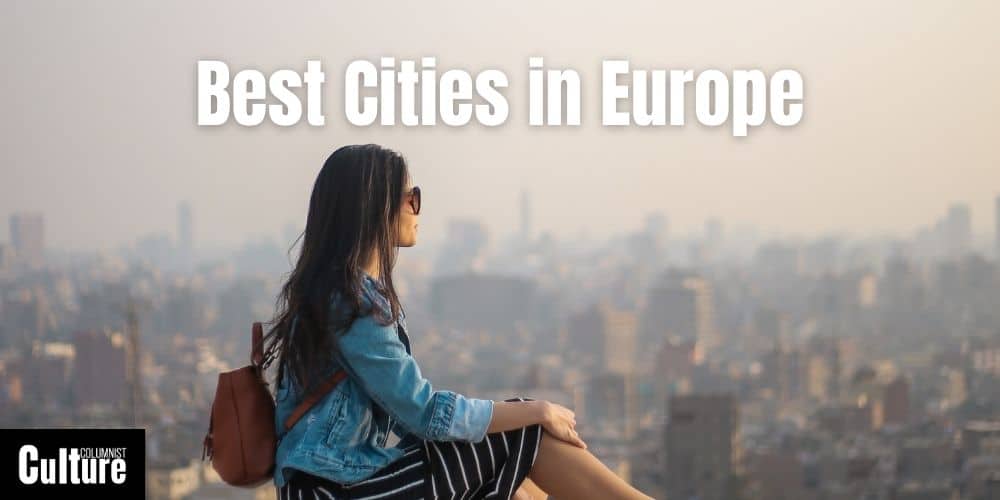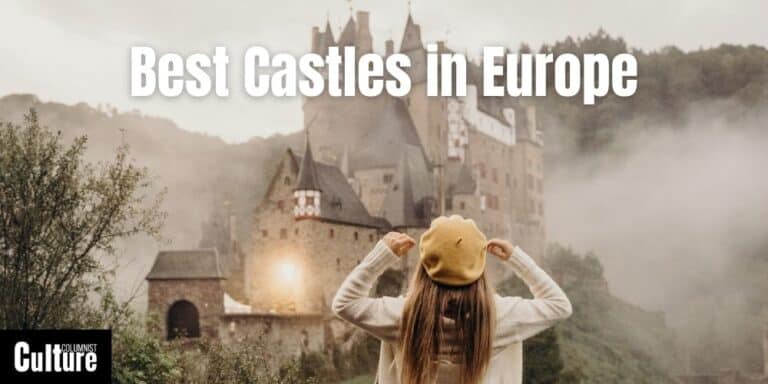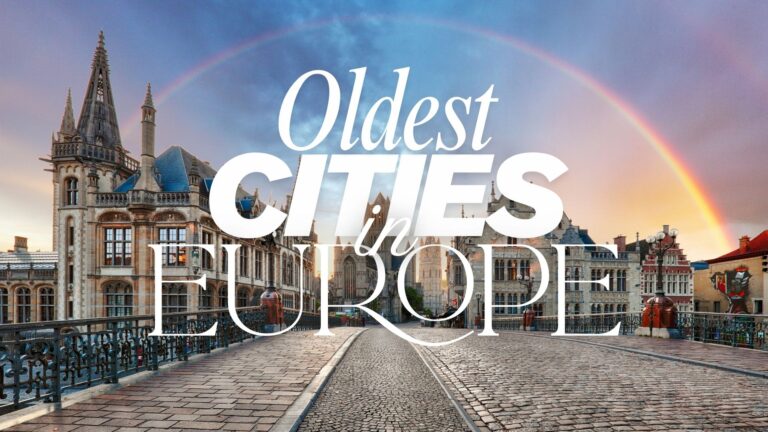Best Cities To See And Explore In Europe
Europe is brimming with interesting cities, each one offering its own unique blend of history, culture, and natural beauty.
From the romantic canals of Venice to the bustling streets of London, Europe’s cities are as diverse as they are fascinating.
Popular cities like Paris, Rome, and Barcelona offer a wide range of tourist attractions but can also be expensive and crowded.
On the other hand, less-frequented cities like Granada, Dubrovnik, or Budapest offer unique experiences without the hustle and bustle.
Costs can vary considerably from one city to another, with Eastern Europe generally being more budget-friendly.
With so many cities to explore, it’s important to know what each city has to offer to make the most of your urban European experience.
Whether it’s art, history, architecture or nightlife, taking your personal interests into consideration will help you make the best choice for your itinerary.
Below, you’ll find a carefully curated list of the best cities in Europe to visit and what they have to offer, including their own unique sights, stories and attractions.
Rome, Italy
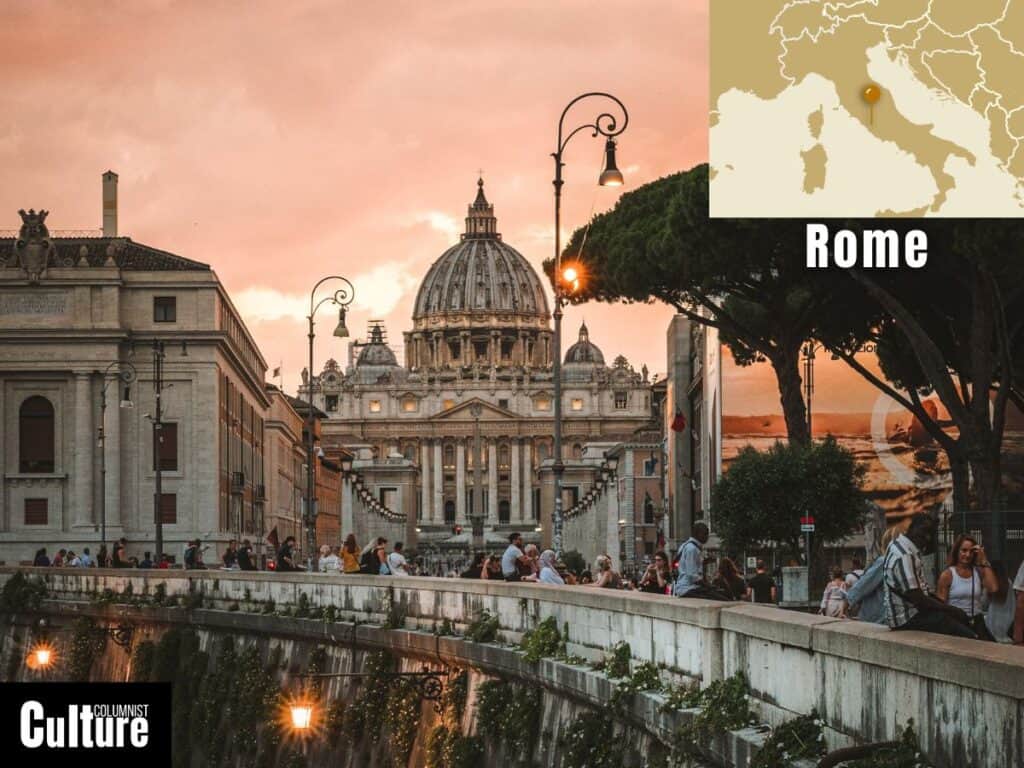
Rome, the capital of Italy, is often referred to as the ‘Eternal City’ and is renowned for its rich history, which spans over two millennia.
Rome has been the epicenter of the Roman Empire and, later, the Catholic Church. It is home to ancient ruins like the Colosseum and the Roman Forum, which offer a window into its imperial past.
The city is one of the best places in Europe for Renaissance and Baroque art, with iconic structures like St. Peter’s Basilica in Vatican City and the Trevi Fountain.
Of course, no visit to Rome is complete without savoring a plate of freshly made pasta al fresco in a local trattoria and sipping your morning coffee at an Italian espresso bar.
Athens, Greece
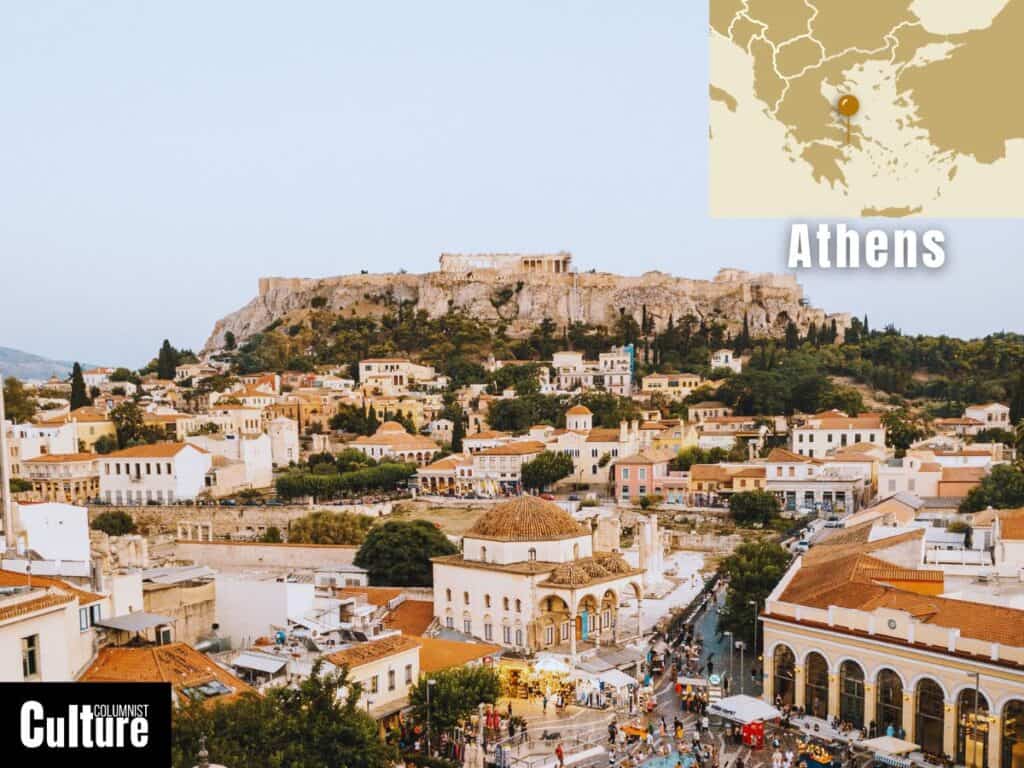
Athens, the capital of Greece, is considered the cradle of Western civilization and is globally celebrated for its contributions to democracy, philosophy, and the arts.
Founded around 3,400 years ago, Athens was the heart of ancient Greece, the birthplace of democracy and is one of the oldest cities in the world today.
The Acropolis is an absolute must while visiting the city. The iconic landmark was once an ancient citadel housing several ancient buildings of great architectural and historic importance, as was the Parthenon, a former temple dedicated to the goddess Athena.
Don’t forget to enjoy a Greek ouzo at one of the many rooftop bars in the city centre with a view of the Acropolis illuminated in the night sky.
Paris, France
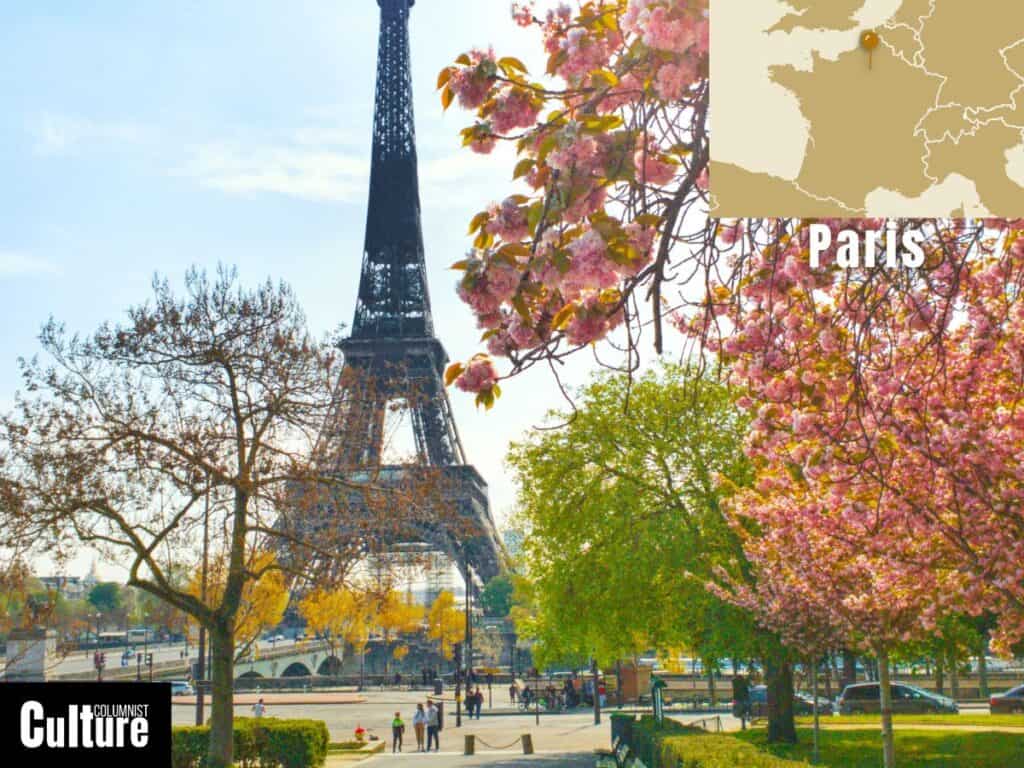
Paris, the capital of France, often called the “City of Light” and sometimes the “City of Love,” has been a beacon of art, fashion, and literature for centuries.
Rich in historical landmarks like the Eiffel Tower and Notre-Dame Cathedral, the city is divided into 20 different districts known as “arrondissements,” arranged in a clockwise spiral starting from the center and allowing you to discover a new part of the city bit by bit if you wish.
Paris is famous for staging major historical events like the French Revolution and is home to world-class museums like the Louvre, which houses the Mona Lisa.
There are a whole host of culinary delights to enjoy in Paris that are sure to satisfy even picky eaters, but you can also opt for something more adventurous, such as escargot (snails), a French delicacy prepared with garlic, parsley, and butter.
London, United Kingdom

London, the capital of the United Kingdom, is known for its mix of modern business districts and old world regal architecture that reflects its imperial past.
The city is one of the world’s most important financial, cultural, and political centers in Europe and is home to a wealth of historical landmarks like the Tower of London, Westminster Abbey, Big Ben and London Bridge.
For a truly London experience, consider also hopping on a red double-decker bus to take in the city’s landmarks, from Buckingham Palace to the British Museum.
Spend a night at the West End enjoying Shakespeare or a modern musical and don’t forget to experience the city’s diverse culinary scene with a classic British meal like fish and chips and a full English breakfast.
Berlin, Germany
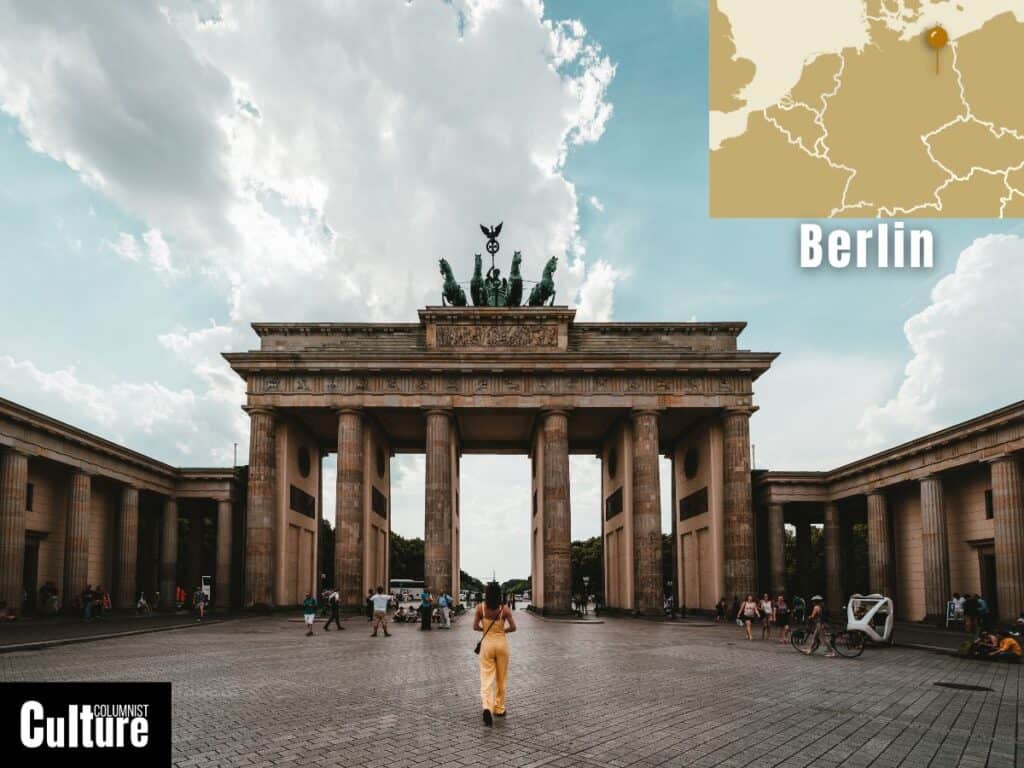
Berlin, the capital of Germany, is known for its turbulent history and its vibrant, eclectic culture. The city has various landmarks like the Brandenburg Gate, Checkpoint Charlie and the Berlin Wall.
This 1.3-km-long stretch of the wall on Berlin’s east side is covered in murals and graffiti, encapsulating both the pain of Berlin’s divided past and the hope for freedom and unity.
Berlin is known as a European hub for contemporary art and has a lively nightlife, making it a modern cultural capital in Europe.
Don’t miss the opportunity to have a classic Berliner currywurst—a fast-food dish consisting of steamed, then fried pork sausage, seasoned with curry ketchup. Pair it with a German beer, and you have yourself a truly Berlin experience.
Istanbul, Turkey
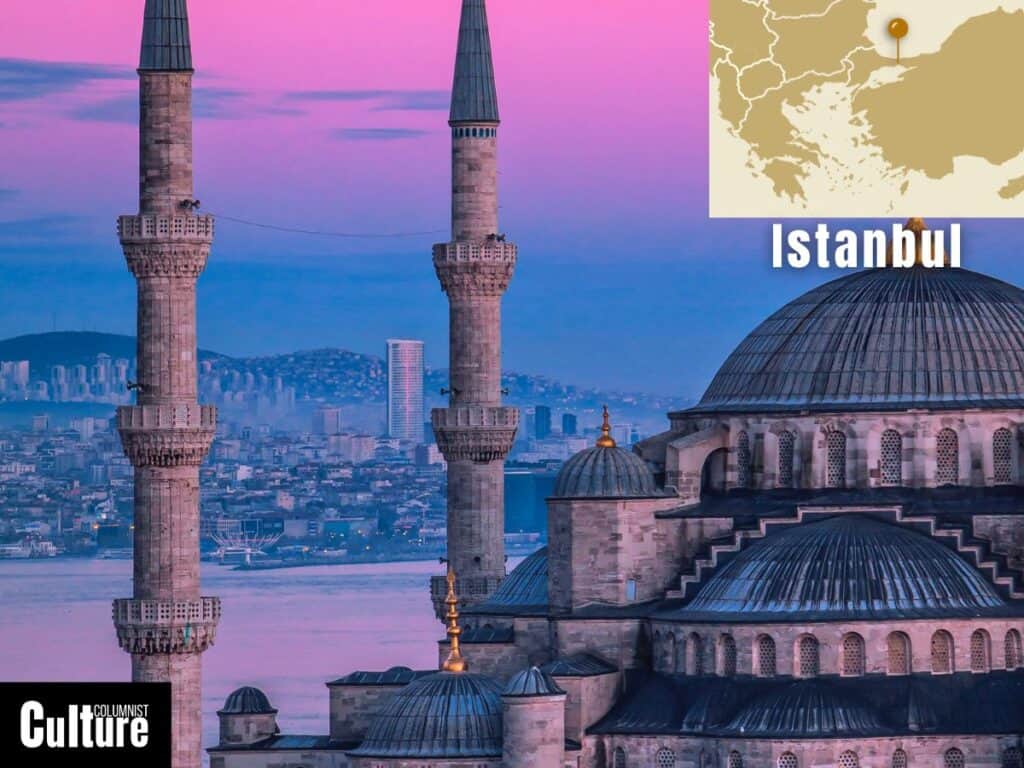
Istanbul, straddling Europe and Asia in Turkey, is celebrated for its rich history, unique geography, and diverse culture.
As a city that has been the capital of three different empires—Roman, Byzantine, and Ottoman—Istanbul has a multi-layered heritage.
Notable landmarks include Hagia Sophia, originally a cathedral, then a mosque and now a museum, and the Blue Mosque, renowned for its blue tiles and domes.
The city is also famous for its bustling bazaars, such as the Grand Bazaar and Spice Bazaar, perfect for purchasing Turkish delights, spices, teas, and souvenirs.
A Bosphorus cruise is another must-do, as it gives you the chance to see the city from a unique vantage point.
The strait divides the European and Asian sides of the city, and a boat trip along it will showcase both Istanbul’s modern skyline and its ancient architecture.
Lisbon, Portugal
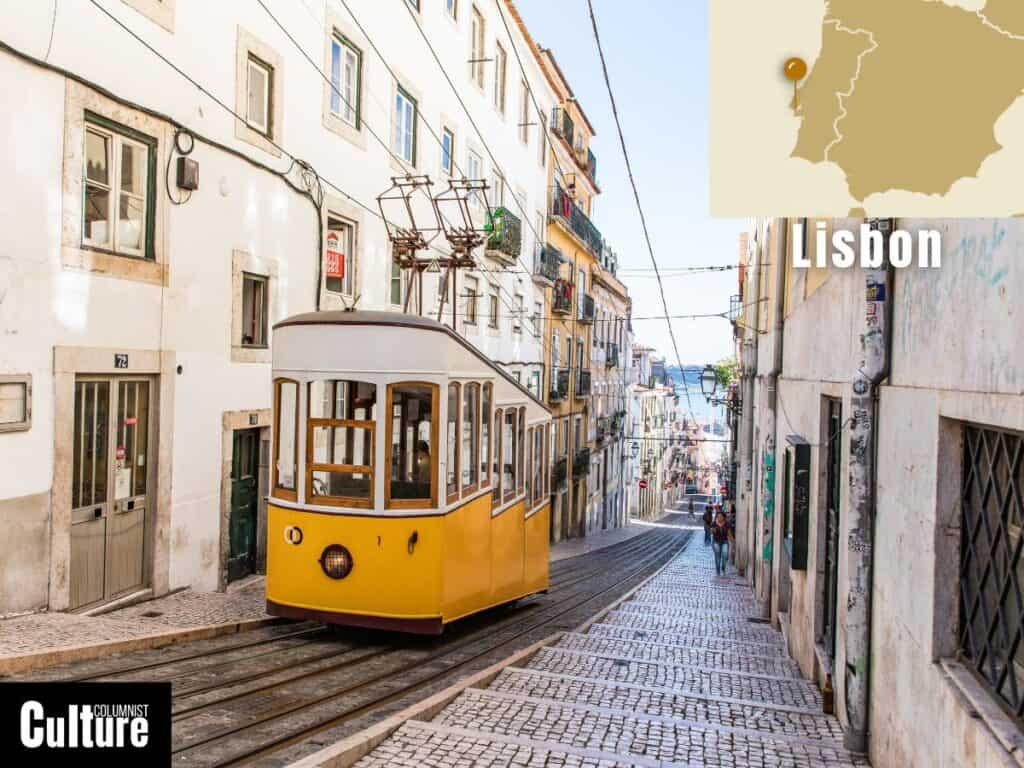
Lisbon, the capital of Portugal, is known for its scenic beauty, laid-back charm, and rich maritime history.
One of the oldest cities in Western Europe, it has been influenced by various cultures, including the Moors and the Romans.
Key landmarks include Belém Tower, which once guarded the entrance to the city’s harbor, and the Jerónimos Monastery, a masterpiece of Manueline architecture.
The city is famous for Fado, a genre of Portuguese music, and its historic trams. Take a ride on the iconic yellow Tram 28, which takes you on a journey through the city’s most famous neighborhoods, including Graça, Alfama, Baixa, and Estrela.
You can also wander around the Alfama district, the city’s oldest area, which is a maze of narrow streets and alleys filled with traditional Fado music bars.
Vienna, Austria
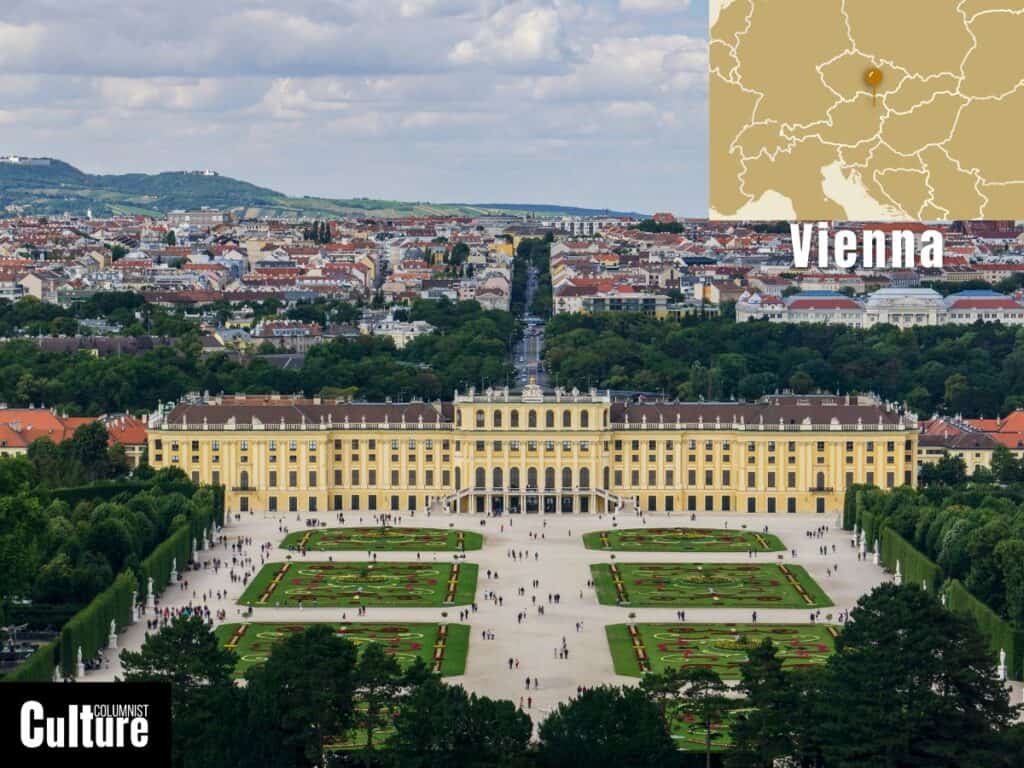
Vienna, the capital of Austria, is best known for its classical music heritage, imperial history, and vibrant cultural scene. Home to famous composers like Mozart, Beethoven, and Schubert, Vienna is often referred to as the “City of Music.”
Some of the historical and cultural landmarks of Vienna include the Hofburg Palace and the Vienna State Opera, one of the leading opera houses in the world.
You can’t visit Vienna without exploring its grand palaces. A walk around Schönbrunn Palace and its immaculate gardens is a must.
For a culinary treat, make your way to a traditional Viennese coffeehouse. Order a Melange (an Austrian cappuccino) and enjoy a slice of the world-famous Sachertorte—a rich chocolate cake with apricot jam filling.
Brussels, Belgium

Brussels, the capital of Belgium, is often seen as the capital of the European Union but is most known to travelers as a foodie destination that also has great beer.
Landmarks such as the Atomium and the Grand Place, a central square surrounded by opulent guildhalls, showcase the city’s architecture. The square is a UNESCO World Heritage site and often hosts flower markets and light shows.
Brussels is a chocolate lover’s paradise, where you can sample some of the world’s finest chocolates. Shops like Neuhaus, Godiva, and Pierre Marcolini offer excellent chocolate experiences, and you can even take a guided chocolate-tasting tour.
You should also pay a visit to Delirium Café, known for its extensive selection of beers, or take a brewery tour to understand the craftsmanship behind Belgian beer.
Prague, Czech Republic

Prague, located in Central Europe, is often dubbed the ‘City of a Hundred Spires’ thanks to its fairy-tale-like architecture.
The city’s historic center is a UNESCO World Heritage Site, featuring the world’s oldest astronomical clock still in operation and the Gothic Týn church. Every hour, crowds gather to watch “The Walk of the Apostles,” a clockwork hourly show.
While exploring the city, don’t forget to take a walk across the Charles Bridge, the city’s most famous landmark, connecting the city’s east and west banks over the Vtalava River.
Try some hearty Czech meals like goulash, roast pork with dumplings (knedlíky), or fried cheese or if you’re up for something unique, take a tour of Prague’s underground, exploring the historical subterranean spaces beneath the city for a spooky vibe.
Dublin, Ireland

Dublin, the capital of Ireland, is renowned for its literary heritage, vibrant culture, and lively atmosphere.
Founded by Vikings in the 9th century, landmarks such as Dublin Castle and the 12th-century St. Patrick’s Cathedral can give a window into the city’s long history.
The River Liffey divides the city into two, and the iconic Ha’penny Bridge is one of its most photographed structures.
A must-try in Dublin is a pint of Guinness, best enjoyed in a cozy, dim-lit pub or even at the Guinness Storehouse itself, where you can learn about the art of pulling the perfect pint and enjoy a 360-degree view of the city from their rooftop Gravity Bar.
If beer isn’t your thing, you could take a tour of the Jameson Whiskey Distillery or just have a hot cup of tea in one of the cafe’s in Dublin’s famous Temple Bar and soak up the atmosphere.
Barcelona, Spain

Barcelona, located in northeastern Spain, is celebrated for its unique architecture, vibrant street life, and Mediterranean beaches.
Famous for its modernist landmarks designed by Antoni Gaudí, including the Sagrada Família and Park Güell, Barcelona is a hub for contemporary art and architecture.
It is the capital of Catalonia and showcases a distinct culture, including its own language and traditions.
Explore the city’s bustling La Rambla, or Gothic Quarter, with a tapas crawl, trying local favorites like patatas bravas, gambas al ajillo, and churros with chocolate.
Pair these with a glass of local cava or sangria for the full experience or take a stroll down the beachside in Barceloneta as the sun sets, with perhaps a stop at one of the many chiringuitos (beach bars) for a cocktail to end the day.
Venice, Italy
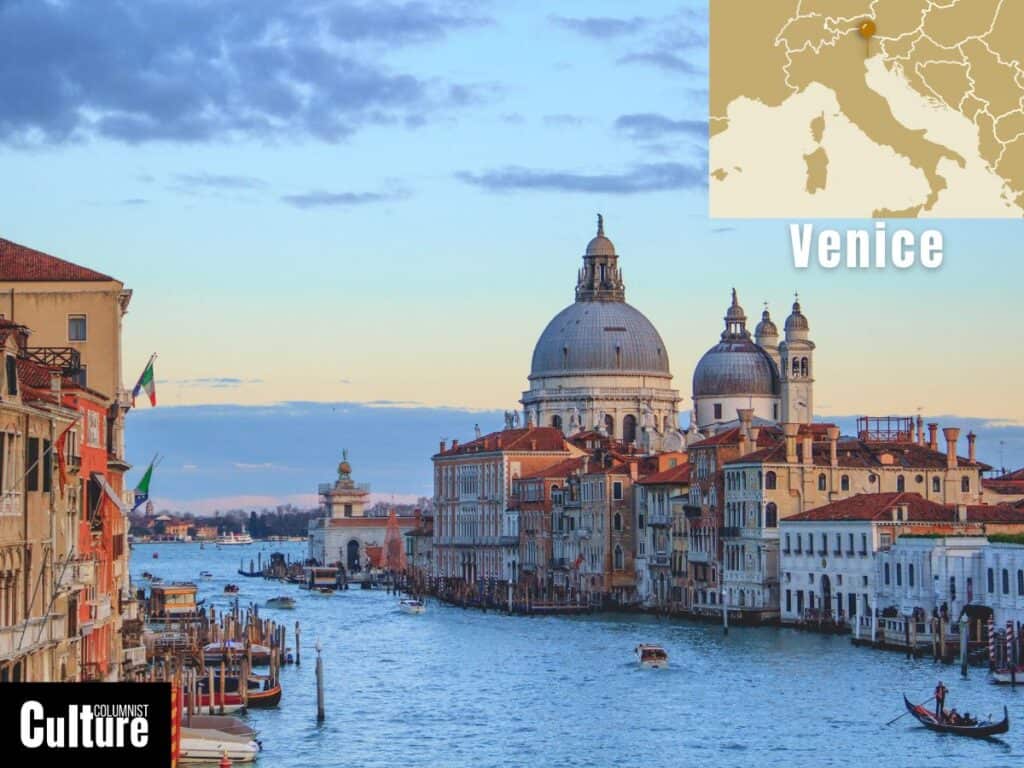
Venice, located in northeastern Italy, is renowned for its canals, historic architecture, and romantic atmosphere.
Venice is built on a lagoon that’s interconnected by canals and bridges. Landmarks like St. Mark’s Basilica and the Doge’s Palace are iconic, while events like the Venice Carnival and the Venice Film Festival are important dates on the Venetian calendar.
You can’t visit Venice without taking a gondola ride through the city’s winding canals to get a unique perspective of the city’s stunning architecture but there’s more to Venice than just gondolas.
You can climb up to the Campanile for a panoramic view of Venice’s sprawling islands and afterwards savor Venetian classics like risotto al nero di seppia (squid ink risotto), sarde in saor (sweet and sour sardines) or gelato on the Rialto Bridge.
Florence, Italy

Florence, situated in central Italy, is acclaimed for its art, architecture, and as the birthplace of the Renaissance.
Home to some of the world’s most famous art museums, like the Uffizi Gallery, Florence is an art lover’s paradise.
The city was home to legendary figures like Leonardo da Vinci, Michelangelo, and Dante Alighieri, while landmarks like the Florence Cathedral and the Ponte Vecchio, a medieval stone bridge, are key attractions.
For a taste of local life, head to the Mercato Centrale, Florence’s bustling food market.
Here, you can sample regional delicacies like ribollita, a hearty Tuscan soup, or pick up some pecorino cheese and fresh focaccia for a picnic.
Enjoy your picnic on the steps of one of Florence’s historic squares or in the beautiful Boboli Gardens.
Geneva, Switzerland
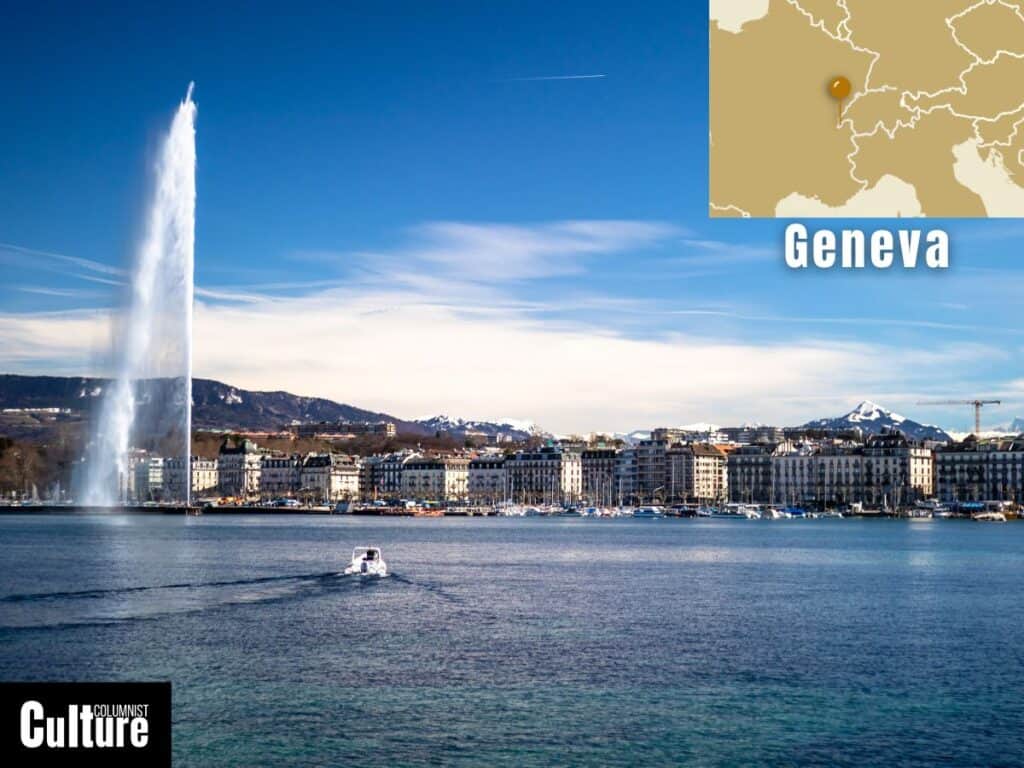
Geneva, located in southwestern Switzerland, is known for being a center of diplomacy and international organizations such as the United Nations office and the Red Cross.
You can check out the Jet d’Eau, one of the world’s tallest fountains, wander through the city’s picturesque old town, and visit St. Peter’s Cathedral, where you can climb the tower for another panoramic view of the city.
For a taste of luxury, head to Rue du Rhône, Geneva’s most exclusive shopping street. Even if you’re not looking to buy, window-shopping among the high-end boutiques is an experience in itself.
Swiss watches are an iconic local product, and there’s no better place to admire these masterpieces of craftsmanship, particularly in the Patek Philippe Museum.
Reykjavik, Iceland

Reykjavik, the capital of Iceland, is renowned for its modernist architecture, vibrant arts scene, and unique geothermal pools.
As the world’s northernmost capital, Reykjavik offers a blend of traditional Icelandic culture and modern living.
Visit Hallgrímskirkja, the iconic church that stands as one of the tallest structures in Iceland. Take an elevator to the top of the tower for an awe-inspiring view of the colorful rooftops, all the way to the sea.
Head to the Old Harbor area, where you can jump on a boat for a whale-watching tour or a puffin excursion, depending on the season.
The waters around Reykjavik are one of the best places in the world to see minke whales, humpback whales, and even orcas.
Finally, dip into one of the city’s geothermal pools. The Blue Lagoon is the most famous, but the city offers various public baths where locals and tourists alike gather to relax and unwind.
Amsterdam, The Netherlands

Amsterdam, the capital of the Netherlands, is famous for its canals, historic homes, and liberal social policies.
Founded as a fishing village in the 13th century, Amsterdam is now known for its artistic heritage and museums like the Rijksmuseum and Van Gogh Museum.
The city’s canals and narrow houses with gabled facades are iconic and the Anne Frank House, where Anne Frank hid during World War II, is a unique historical site.
Head to a ‘bruin café’ (brown café), named for their traditional wood interiors and a history that makes them look slightly “smoked.”
Order a ‘broodje haring’ (raw herring sandwich) if you’re adventurous, or go for the ‘stroopwafel’—a gooey caramel sandwich between two thin waffles.
Take a leisurely stroll around the Jordaan district, known for its picturesque canals or take a canal cruise to see the city from its iconic waterways.
Granada, Spain

Granada, located in southern Spain, is celebrated for its medieval architecture and the majestic Alhambra Palace.
Situated at the foothills of the Sierra Nevada mountains, Granada is home to the Alhambra, a UNESCO World Heritage Site.
This large fortress and palace complex, perched on the mountaintop, is decorated with intricate Islamic art and architecture, offering a step back into Spain’s Moorish past.
Wander through the Nasrid Palaces, Generalife Gardens, and the imposing Alcazaba fortress with breathtaking views of the city.
As the sun starts to set, make your way to the Mirador de San Nicolás for the most iconic view of the Alhambra with the Sierra Nevada mountains in the background.
Book a table at a ‘tablao’ in the Sacromonte district, known for its cave homes and flamenco shows.
Dubrovnik, Croatia

Dubrovnik, situated on the Adriatic Sea in Croatia, is known for its well-preserved medieval architecture and stunning sea views.
Once a powerful maritime republic, Dubrovnik’s Old Town is a UNESCO World Heritage Site with iconic stone walls, cobblestone streets, and historic buildings that were even featured as a filming location in the TV series “Game of Thrones.”
To enjoy Dubrovnik, take a walk along the city walls either early in the morning to beat the crowds or later in the evening when the sun paints the city in warm, golden hues.
Stop by the Rector’s Palace and the Sponza Palace to absorb the city’s rich history.
Find your way to Buza Bar, a cliffside spot with an extraordinary view, to enjoy a Rakija (a fruit brandy) with the waves crashing below.
Luxembourg, Luxembourg

Luxembourg, the capital city of the Grand Duchy of Luxembourg, is known for its fortified medieval old town and as a global financial center.
The city has been a key European fortress for centuries, leading to its nickname, “Gibraltar of the North.” The best landmarks to visit include the Adolphe Bridge and the Grand Ducal Palace.
Don’t miss the Changing of the Guard ceremony if you’re there in the summer. Walk along the Corniche, often called “Europe’s most beautiful balcony,” for stunning views of the Old Town and the Alzette River below.
Be sure to try Judd mat Gaardebounen, a traditional dish made with smoked pork collar and broad beans. Pair it with a glass of locally produced wine or crémant, Luxembourg’s answer to champagne.
Monaco, Monaco

Monaco, a sovereign city-state on the French Riviera, is globally renowned for its wealth, casinos, and as a playground for the rich and famous.
Dating back to ancient times, Monaco’s most iconic district, Monte Carlo, is known for its casino, luxury goods stores, and gardens.
The Monaco Grand Prix, an annual Formula One motor race, is an important event that draws international attention.
The Prince’s Palace and the Oceanographic Museum are other key landmarks, while the world-famous Casino de Monte-Carlo is worth a visit, even if gambling isn’t your thing.
The architecture and opulence of the casino itself are worth seeing, and you’ll feel like you’ve stepped into a James Bond film as you enter its lavishly decorated interior.
Milan, Italy
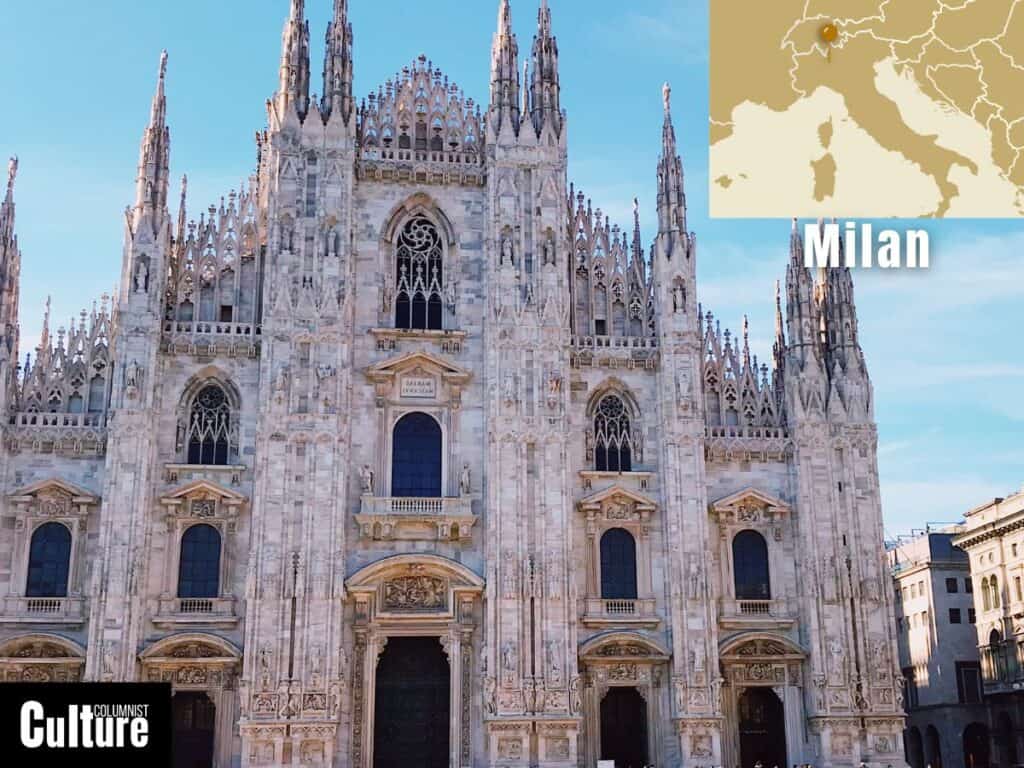
Milan, located in northern Italy, is a global capital of fashion and design, known for its high-end shopping districts and rich cultural heritage.
Milan is home to cultural landmarks like the Duomo, one of the largest cathedrals in Europe, and Leonardo da Vinci’s “The Last Supper,” housed in the Convent of Santa Maria delle Grazie.
Just a short walk from the Duomo, you’ll find the luxurious Galleria Vittorio Emanuele II, one of the world’s oldest shopping malls, filled with high-end shops and historic cafés like Camparino, where you can sip a traditional Italian espresso or aperitivo.
Milanese staples to try include Risotto alla Milanese, a creamy saffron-infused rice dish finished off with a bit of panettone, a Milanese dessert especially popular during Christmas but delicious year-round.
Tromsø, Norway

Tromsø, situated in northern Norway, is famous as a viewing point for the spectacular Northern Lights and for its modern Arctic Cathedral.
Often referred to as the “Gateway to the Arctic,” Tromsø has a rich history of Arctic exploration. The modern Arctic Cathedral and the Polar Museum are major landmarks.
It is one of the best places in the world to view the Northern Lights, particularly between September and March.
If you visit in winter, don’t miss the opportunity to go dog-sledding through the Arctic wilderness.
Alternatively, you can opt for a reindeer sledding experience offered by the indigenous Sámi people, which often includes a chance to learn about their culture and traditions.
For a taste of Arctic cuisine, try some local dishes like klippfisk (dried and salted cod) or reindeer stew.
Gibraltar, United Kingdom
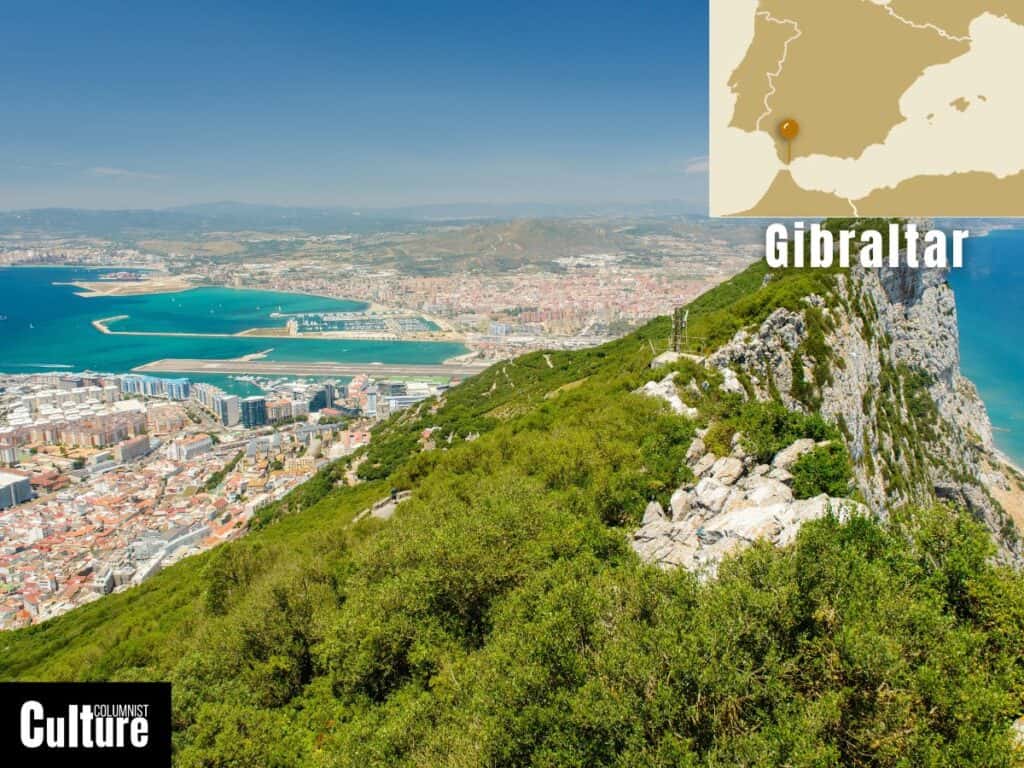
Gibraltar, a British Overseas Territory located on the southern tip of Spain, is most famous for the Rock of Gibraltar and its strategic military importance.
Captured by Britain in 1704, Gibraltar is known for its limestone rock, which has a rich military history and is now a nature reserve. St. Michael’s Cave, a network of limestone caves, and the Great Siege Tunnels can’t be missed.
A trip to the Rock of Gibraltar is essential while visiting the city. The iconic limestone ridge has panoramic views of the surrounding area and is home to the famous Barbary macaques, the only wild monkeys found in Europe.
Taking a cable car ride to the top is highly recommended for those who want to enjoy the view without the strenuous hike.
Stockholm, Sweden
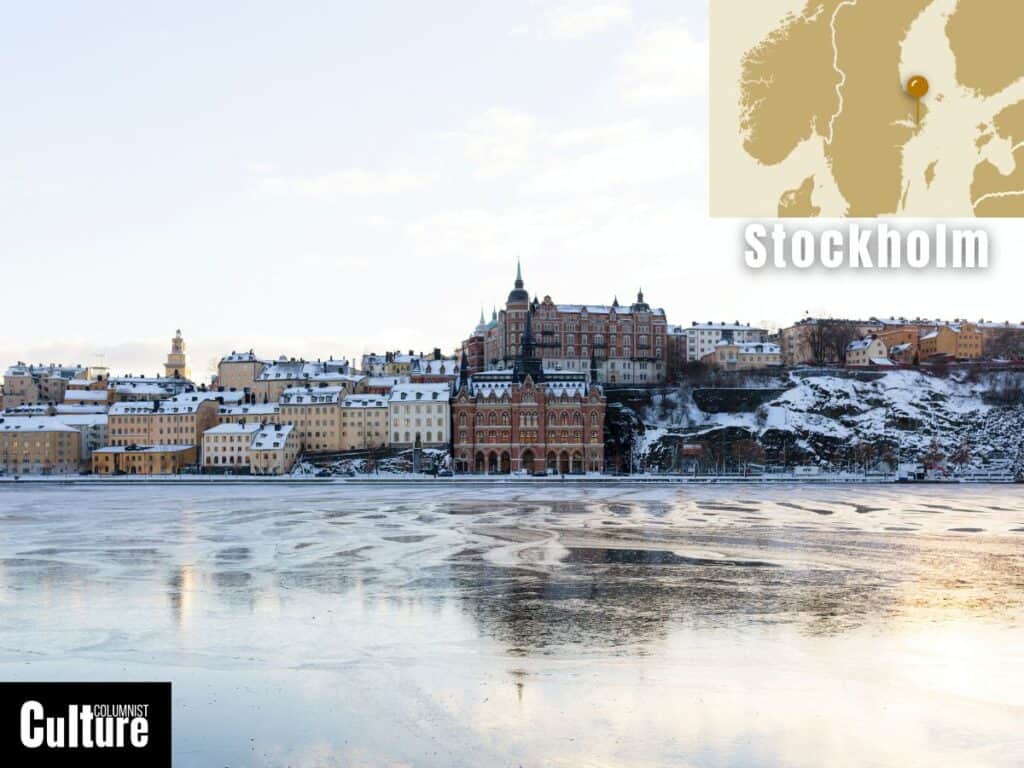
Stockholm, the capital of Sweden, is famous for its beautiful archipelago, historical sites, and modern Scandinavian design.
Spread across 14 islands, Stockholm offers a mix of historical and modern attractions. The Gamla Stan (Old Town) is well preserved and hosts the Royal Palace.
The city is home to several world-class museums, including the Vasa Museum, which houses a 17th-century warship, and the ABBA Museum.
Hop on a boat tour of the Stockholm Archipelago and explore the sprawling network of over 30,000 islands, offering plenty of opportunities for swimming, picnicking, and exploring small fishing villages.
Make sure to work up an appetite for some traditional dishes like Swedish meatballs (köttbullar), served with lingonberry sauce, and gravlax, a dill-cured salmon.
Andorra La Vella, Andorra
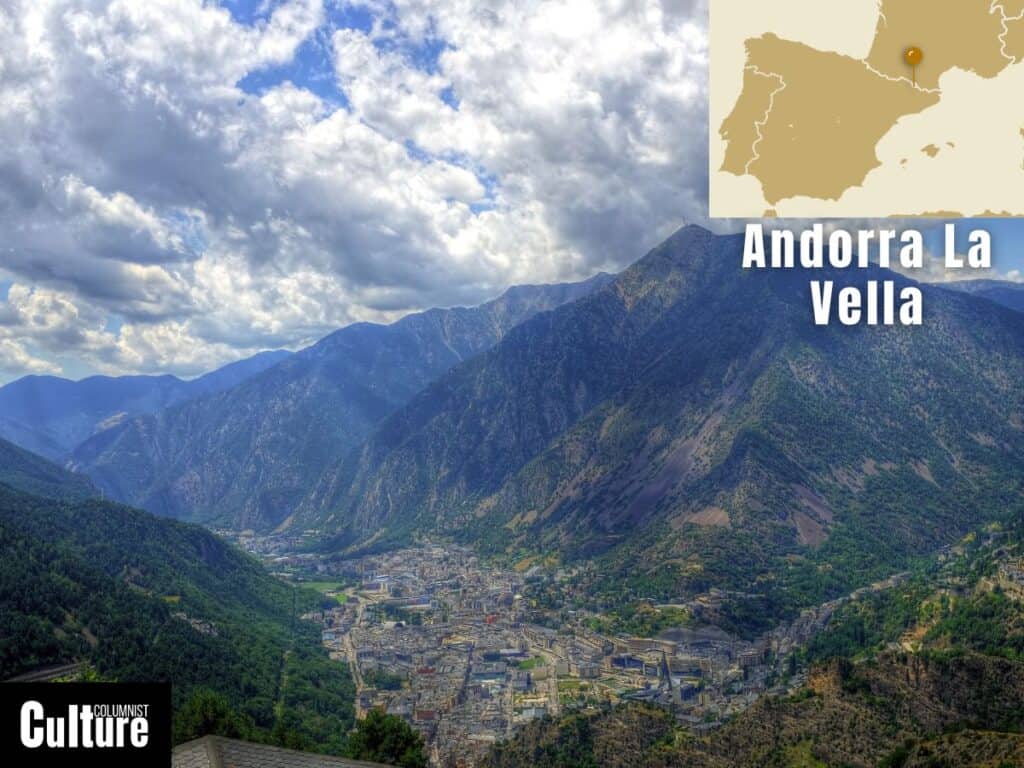
Andorra la Vella, the capital of the Principality of Andorra, is known for its ski resorts and as a tax haven in the Pyrenees mountains.
The city is one of the highest capitals in Europe. Its historic quarter has several well-preserved buildings, including the Church of Santa Coloma and Casa de la Vall, the country’s parliament.
As a tax-free territory, you can indulge yourself in some retail therapy if you’re a savvy shopper. Otherwise, the surrounding Pyrenees Mountains offer a wide range of outdoor activities.
If you’re visiting in winter, the nearby ski resorts are absolutely essential for experiencing the natural beauty of the region. In the summer, these same areas offer fantastic hiking and mountain biking trails.
Plovdiv, Bulgaria
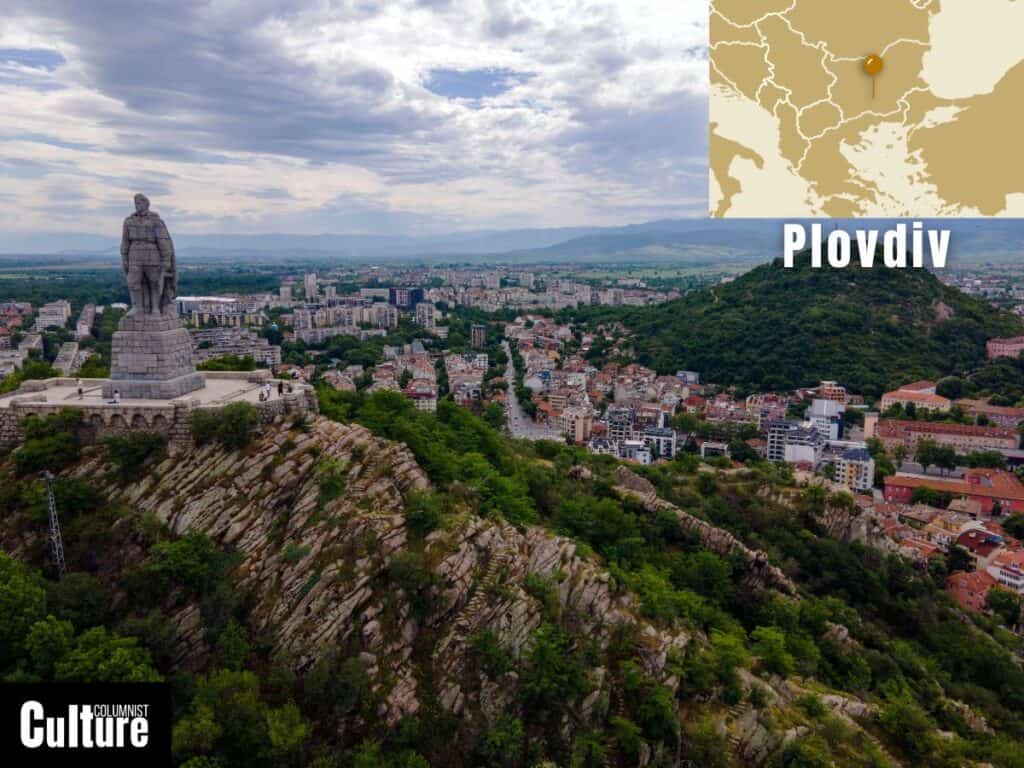
Plovdiv, situated in southern Bulgaria, is one of Europe’s oldest continuously inhabited cities, known for its Roman ruins and diverse cultural influences, including Thracian, Roman, Ottoman, and Bulgarian.
The Ancient Theatre, a well-preserved Roman amphitheater, is a prominent landmark, while the city’s Old Town showcases its unique architecture.
Make sure to check out the spectacular views of the city from one of the seven hills on which Plovdiv is built. Within the city, take some time to explore the Kapana district, which is a lively arts and crafts neighborhood.
Here, local artisans and artists display their work, from handmade jewelry to unique paintings, making it a great place to pick up a souvenir.
Kraków, Poland

Kraków, located in southern Poland, is celebrated for its well-preserved medieval architecture and a rich history that includes both glory days and dark periods.
Once the royal capital of Poland, Kraków has a beautiful old town that has UNESCO World Heritage status and features the historic Wawel Castle and St. Mary’s Basilica.
If you’re interested in World War II history, a sobering trip to Auschwitz, located nearby, is an experience many consider essential for understanding Poland’s past and the atrocities of the war.
Stroll through the Main Market Square, one of Europe’s largest medieval squares, where you can people-watch.
While in the square, treat yourself to some local delicacies like pierogi, Polish dumplings that come in various fillings, or kielbasa, the famous Polish sausage.
Tallinn, Estonia

Tallinn, the capital of Estonia, is famous for its preserved medieval architecture and is considered one of the world’s most digitally advanced cities.
The city’s Old Town is a UNESCO World Heritage Site, offering a blend of medieval architecture with landmarks like the Alexander Nevsky Cathedral and Toompea Castle.
Begin your exploration at Raekoja Plats, the main square, where you can sip on Estonian coffee at a café and enjoy street performances while enjoying the Gothic Tallinn Town Hall.
For a panoramic view of the city and the Baltic Sea, climb up Toompea Hill to the viewing platforms, especially Patkuli and Kohtuotsa. These are the perfect spots for capturing stunning photographs.
Budapest, Hungary

Budapest, the capital of Hungary, is known for its thermal baths, Danube River views, and rich imperial history.
Formed by the merging of two cities, Buda and Pest, Budapest is renowned for its iconic structures like the Parliament Building and Buda Castle.
The city is often referred to as the “City of Spas” thanks to its thermal springs, and bathing in these healing waters is a centuries-old tradition.
For a unique Budapest experience, take a nighttime river cruise on the Danube. The city’s landmarks are dramatically lit up, giving unforgettable views of this European gem.
Be sure to try local staples like goulash, chimney cake, and a shot of pálinka, a traditional fruit brandy.

